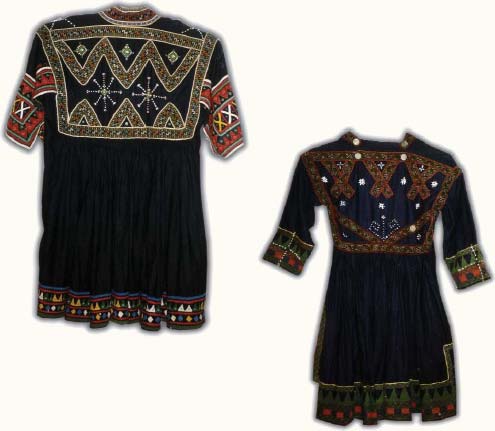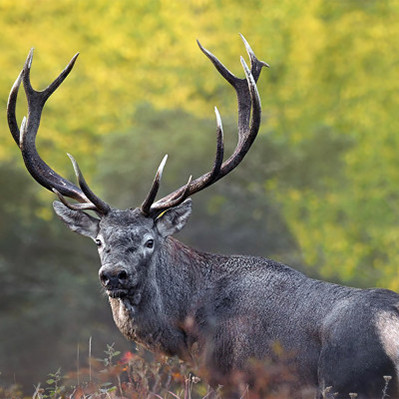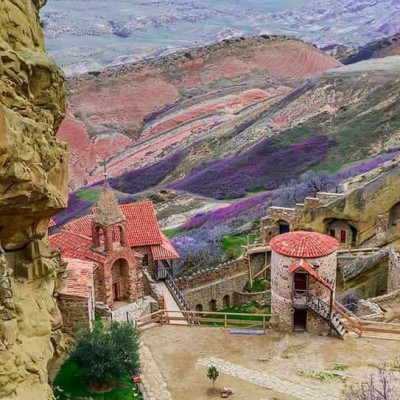
Traditional Georgian Svan or ethnographic clothing and mysticism reveal a unique part of Georgia’s cultural identity, where mountain life, spiritual beliefs, and ancestral traditions come together. The Svans, who inhabit Svaneti in the Greater Caucasus, have preserved clothing that was both practical for the harsh climate and symbolic of mystical protection. Men wore chokhas with cartridge holders, wide belts often decorated with silver, woolen trousers, boots, and felt cloaks. Weapons such as swords or axes were seen not only as tools but also as sacred symbols of honor and spiritual power. Women wore long woolen dresses with embroidered aprons or vests, their patterns often carrying meanings of fertility, prosperity, and divine blessing. Headscarves and silver jewelry acted as protection from evil spirits, while children’s clothes often included amulets against illness. Every piece of clothing carried mystical meaning. Ritual garments were essential during weddings, funerals, and religious ceremonies, often dyed or embroidered in symbolic colors: white for purity, red for vitality, and black for mourning. Embroidery with crosses, stars, and spirals reflected a blend of Christian and pre-Christian beliefs. Clothing was more than fabric—it was a shield against visible and invisible forces of the mountains. Social status and age were also shown through clothing, marking distinctions between warriors, shepherds, unmarried women, or elders. Mysticism was woven into the making of clothes as well: wool was spun with ritual songs, and garments were sometimes believed to offer invisibility or protection from curses. Today, while daily dress has modernized, Svan clothing remains celebrated during festivals and preserved in museums, especially in Mestia. Visitors see chokhas, jewelry, and ritual garments that reflect this mystical heritage. For travelers, Svan clothing is not only about beauty or tradition but about understanding how people of the Caucasus lived with a worldview that united survival, identity, and spirituality. It shows that in Georgia’s mountains, clothing was always more than what people wore—it was protection, culture, and mysticism woven into one.






 Deutsch
Deutsch
 русский
русский
